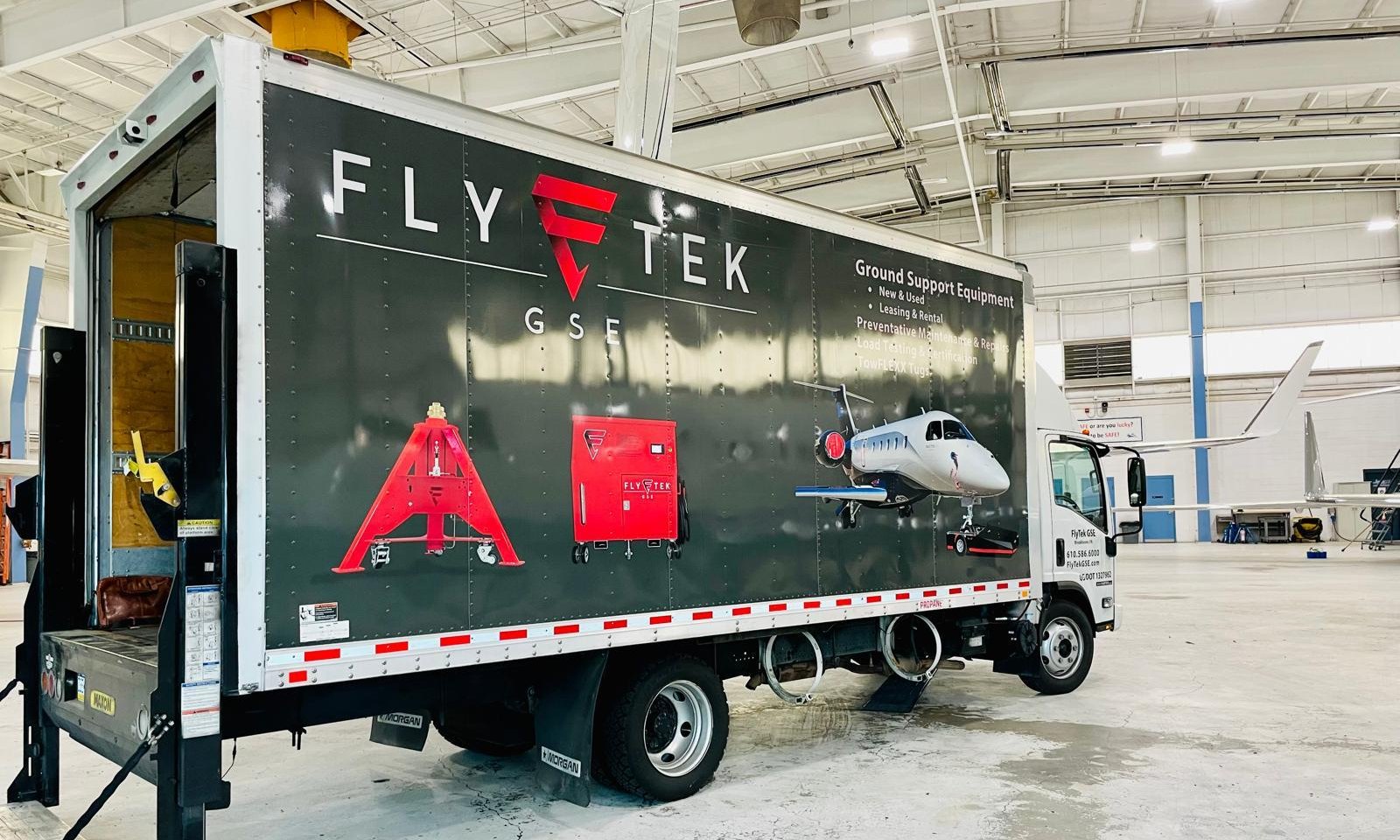Aircraft Ground Power Units (GPUs) are used to supply power to aircraft when they are on the ground and to aid in starting aircraft engines. GPUs are a vital part of ground support equipment, and proper maintenance and inspection is key. When GPUs are not properly maintained, the results can be both dangerous and extremely expensive. Visual inspections, tests, and calibration are all part of a robust ground power unit maintenance plan. What follows are some general tips for performing maintenance on GPUs.
The Basics of Ground Power Unit Maintenance

Always remember to shut off the power to the GPU before attempting to inspect or service it. If the GPU must be powered during inspection or troubleshooting, make sure there is someone present who knows how to shut it down. Safety should always come first.
Filter Maintenance for GPUs
Oil and fuel filters should be changed approximately every 300 hours. Oil should also be changed after 300 hours of operation. This is also a good opportunity to check the condition of the air filter. If the air filter is dirty, then it needs to be replaced.
Cooling System Maintenance
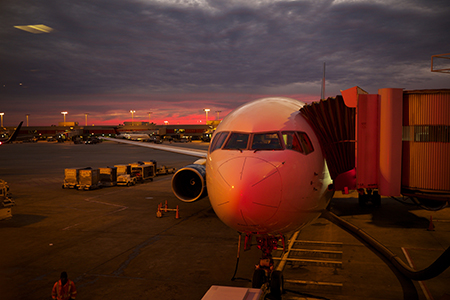
In terms of the cooling system, one of the key items to check is the radiator cap. The radiator cap should be calibrated to the correct pressure per manufacturer guidelines. The rubber seal should not have cracks present and should be replaced if there is any sign of damage. The radiator fins should be both clean and straight. If the fins have any green stains on them, that means there is a leak. A pressure test should be performed if a leak is indicated.
Make sure the coolant level is full of a mixture of ½ water and ½ antifreeze. Check the cooling hoses to ensure that the clamps are sufficiently tightened and that there are no leaks present. A pressure wash is recommended to keep cooling efficiency at its peak.
GPU Battery Maintenance
Batteries should not be overlooked during ground power unit maintenance. Electrolyte levels should be checked, and the cables and terminals should be both secure and clean. Also verify that the clamps are suitably tightened.
Engine Maintenance for Ground Power Units
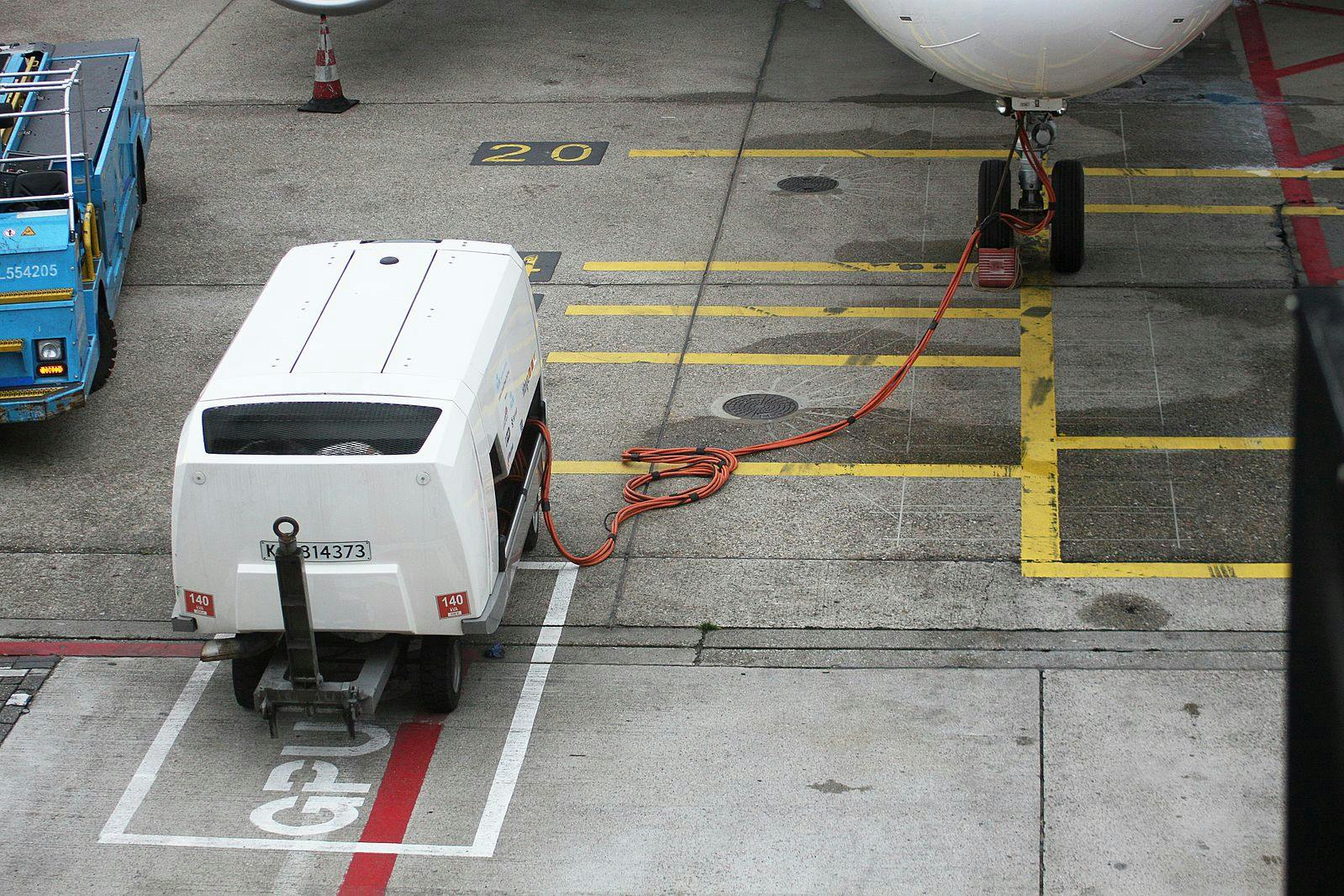
The engine should be checked for oil leaks. All connections, sensors, and wiring should be carefully inspected for the presence of bald spots. They should also be checked for solid connections. Engine mounts, too, should be tight. Isolators should be free of any distortion or cracking.
GPU Wheels, Tires, and Brakes
When it comes to the wheel bearings, they should be cleaned, inspected, and repacked every two years or 2,000 hours – whichever comes first. The tires should be inspected for correct inflation and signs of uneven wear. If the tires on the front do have signs of uneven wear, check the alignment and toe settings. Also remember to check the brakes for safe operation and correct adjustment.
Tow Bar Maintenance
The tow bar should not have excessive play from side to side, and repairs or adjustments should be made if play is present. Also verify that the latch firmly locks the tow bar into place.
Electrical Systems and the Generator
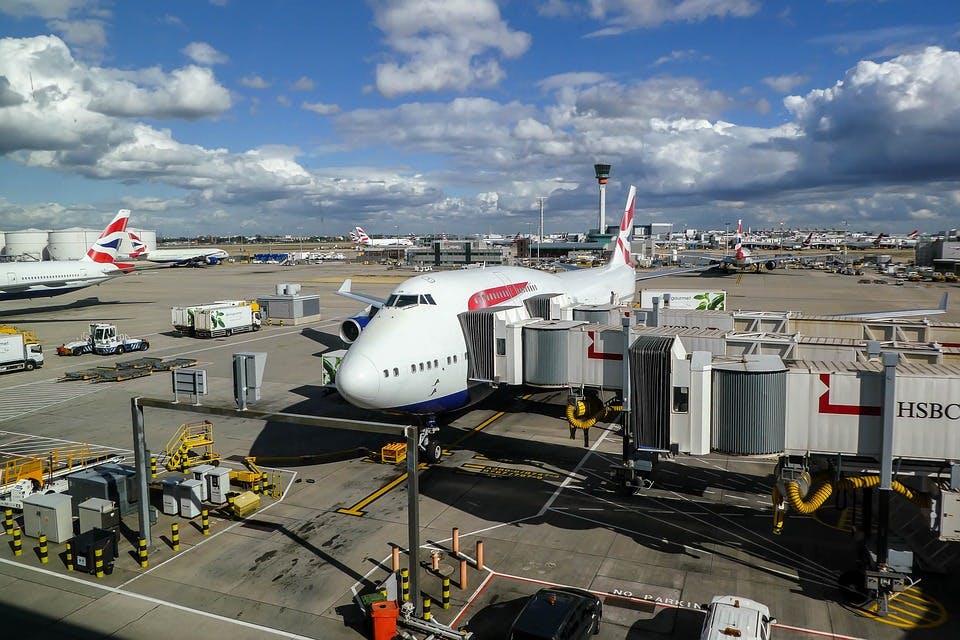
Worn-out cable plugs are one of the primary causes of GPU power interruption. Cable plugs are often scraped or abraded if they are dragged on the ground and should always be checked during ground power unit maintenance. These scrapes and abrasions eventually result in a loose plug connection. The cable itself should be inspected for the presence of cuts or abrasions. The terminals should be checked for roundness and wear. The contactor cover should be removed for inspection if it is not a sealed unit. If pitting is evident on the contact surfaces, contact cleaner and fine sandpaper can be used to restore them.
The aircraft will not accept power if the GPU is not set to exact specifications. Load tests should be performed to check both the input and output values as well as other key parameters such as frequency. Typical voltage should be between 110-120 V AC. If the voltage is too high, the aircraft’s safety relay will open which causes the GPU contactor to open, interrupting the flow of power.
Newer aircraft seem to be more sensitive to voltage levels than older aircraft. It is very important that the generator is correctly calibrated. The frequency can be adjusted through raising or lowering the RPM of the engine. Keep in mind that the aircraft will, under normal conditions, not accept power if the frequency is off by more than ± 5Hz. A load bank can aid in tuning the machine to the correct specifications.
A good test to perform on the GPU is to verify that it can hold the appropriate load. For example, a 90 KVA GPU should be able to sustain a 180 A load for at least ten minutes. This test serves a dual purpose because the exhaust will be hot enough to burn out accumulated soot and carbon. Finally, the generator should be kept clean and free of any debris.
FlyTek GSE – A Leader in Repairing & Load Testing GPUs
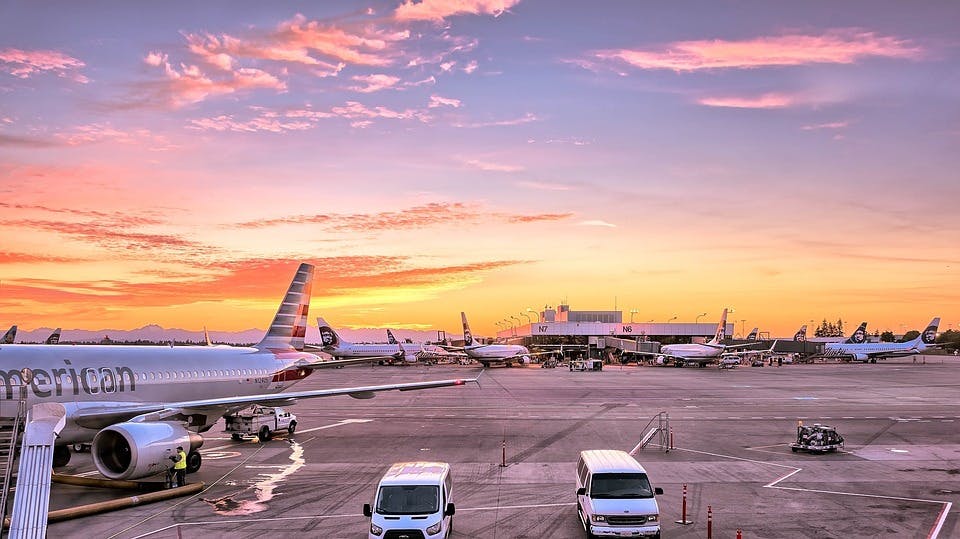
At FlyTek GSE, our highly skilled technicians can keep your GPUs running at peak efficiency. We offer customized ground power unit maintenance plans that address your needs and priorities, minimizing downtime and maximizing productivity.
- Load testing ensures that your GPU is operating within desired parameters which should occur annually and after any repairs to a GPU.
- Our testing equipment allows us to perform diagnostics without attaching the unit to an aircraft.
- Improves reliability and reduces unplanned downtime.
FlyTek GSE also has onsite mobile repair and troubleshooting, bringing state-of-the-art equipment to your site along with experienced technicians who know how to use it. We are based out of Pennsylvania and are available to service any location in the country. Contact us today to find out how we can help you with your ground support equipment maintenance needs.


